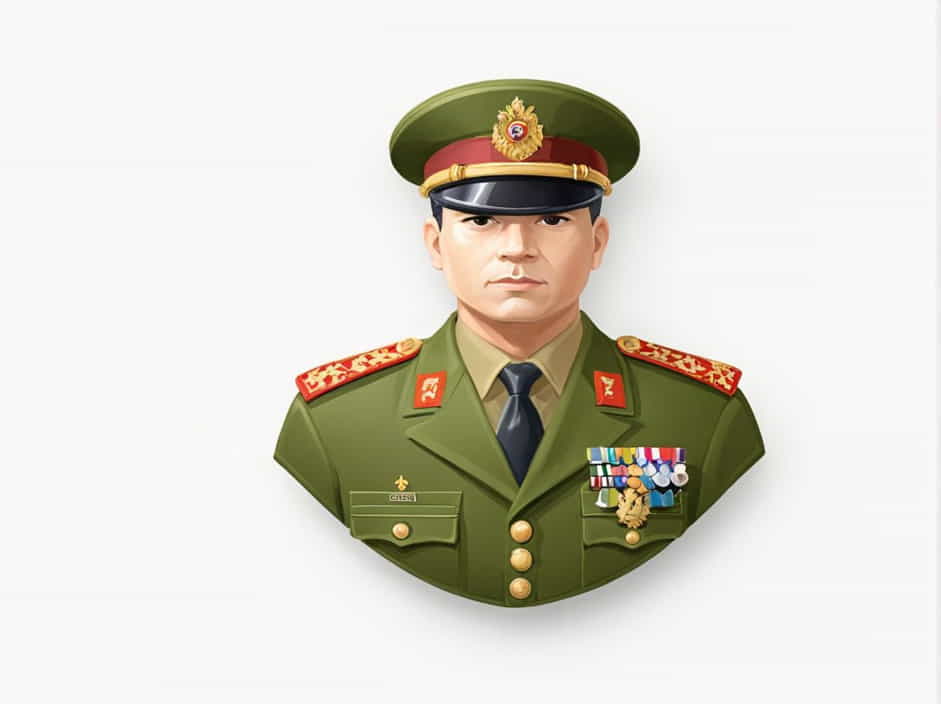The Sergeant Major of the Army (SMA) is the highest-ranking enlisted soldier in the United States Army. This position is crucial in ensuring the well-being of enlisted personnel while advising the Chief of Staff of the Army (CSA) on enlisted affairs.
Since its creation in 1966, the SMA has played a vital role in shaping military policies, improving soldier welfare, and representing the enlisted force at the highest levels of command.
In this topic, we will explore the responsibilities, selection process, history, and influence of the Sergeant Major of the Army.
What Is the Sergeant Major of the Army?
The Sergeant Major of the Army is the senior enlisted leader of the U.S. Army. The SMA acts as the primary advisor to the Chief of Staff of the Army, focusing on enlisted personnel matters, leadership development, training, and quality of life.
Key Facts About the SMA
✔ Highest enlisted rank in the U.S. Army
✔ Reports directly to the Chief of Staff of the Army
✔ Serves as a spokesperson for enlisted soldiers
✔ Advises on policy and military improvements
Only one soldier holds this position at a time, making it a highly prestigious and influential role.
History of the Sergeant Major of the Army
The Sergeant Major of the Army position was established on July 4, 1966, to improve communication between enlisted soldiers and Army leadership.
Key Milestones in SMA History
-
1966: The first SMA, William O. Wooldridge, is appointed
-
1979: SMA William G. Bainbridge formalizes the Noncommissioned Officer (NCO) education system
-
1990s: The role expands to include quality of life initiatives and soldier welfare
-
Present Day: The SMA influences modern Army policies, such as training reforms, diversity efforts, and mental health programs
Over the years, the SMA has become one of the most respected figures in the Army, with direct input on policies that affect thousands of soldiers.
How Is the Sergeant Major of the Army Selected?
The Sergeant Major of the Army is not an elected position but rather an appointed one.
Selection Process
-
Candidates Must Be a Sergeant Major – Only the most experienced and exceptional sergeants major are considered.
-
Evaluations and Recommendations – Candidates are reviewed based on leadership skills, experience, and impact.
-
Interview by Senior Army Leadership – The Chief of Staff of the Army and other senior leaders interview finalists.
-
Appointment by the Army Chief of Staff – The final selection is approved by the highest-ranking Army officer.
Once appointed, the SMA serves a four-year term, though some have served longer or shorter depending on circumstances.
Duties and Responsibilities of the SMA
The Sergeant Major of the Army has several key responsibilities that impact the Army at all levels.
1. Representing Enlisted Soldiers
The SMA serves as the voice of enlisted soldiers, bringing their concerns and recommendations to senior Army leadership and policymakers.
Key areas include:
-
Pay and benefits
-
Training programs
-
Quality of life improvements
-
Career development opportunities
2. Advising the Chief of Staff of the Army
The SMA provides expert advice on:
-
Enlisted force structure
-
Discipline and morale
-
Modernization of training and equipment
This ensures that the Army leadership stays connected to the needs of the enlisted ranks.
3. Enhancing Leadership Development
The SMA plays a key role in mentoring and training future noncommissioned officers (NCOs).
They help improve:
-
The Noncommissioned Officer Education System (NCOES)
-
Leadership development programs
-
Military training standards
4. Overseeing Soldier Welfare Programs
The SMA works to improve mental health services, housing, and family support programs.
Examples include:
-
Better healthcare access for enlisted personnel
-
Support for military families
-
Improving barracks and living conditions
5. Engaging with the Public and Media
The SMA represents the Army in public events, conferences, and press briefings, strengthening the relationship between the military and civilian communities.
The Influence of the Sergeant Major of the Army
The Sergeant Major of the Army has a direct impact on military policies and initiatives.
Key Contributions Over the Years
✅ Improved soldier pay and benefits
✅ Revolutionized NCO training and education
✅ Enhanced mental health and family support programs
✅ Strengthened Army leadership at all levels
Because of this, the SMA has become one of the most influential figures in military leadership.
Famous Sergeants Major of the Army
Several Sergeants Major of the Army have left a lasting legacy.
1. SMA William O. Wooldridge (1966-1968)
-
First-ever SMA
-
Advocated for better training and enlisted leadership
2. SMA William G. Bainbridge (1975-1979)
-
Established the NCO education system
-
Focused on professional development for enlisted soldiers
3. SMA Richard A. Kidd (1991-1995)
- Improved soldier housing and family support programs
4. SMA Raymond F. Chandler III (2011-2015)
-
Led efforts to modernize military training
-
Strengthened Army ethics and professionalism
Each SMA has contributed uniquely to shaping the Army into a more effective, disciplined, and soldier-focused force.
The Future of the Sergeant Major of the Army
As the Army continues to evolve, the role of the SMA remains critical.
Key Areas for Future SMAs
✔ Adapting training to modern warfare
✔ Improving mental health resources for soldiers
✔ Enhancing Army leadership development
✔ Strengthening enlisted career progression
The next generation of Army leaders will look to the SMA for guidance, mentorship, and advocacy.
The Sergeant Major of the Army is more than just a title—it is a position of leadership, responsibility, and influence.
From advising top Army officials to improving soldier welfare, the SMA plays a vital role in shaping the present and future of the U.S. Army.
With strong leadership and dedication, each SMA continues the tradition of excellence and service, ensuring that enlisted soldiers have the support, training, and resources they need to succeed.
